The use of shea butter as a beauty aid may date back as far as Cleopatra’s reign in ancient Egypt. Shea butter is also used for cooking, lighting, soap and craft making. It is sometimes used as a cocoa butter substitute in the chocolate industry (1).
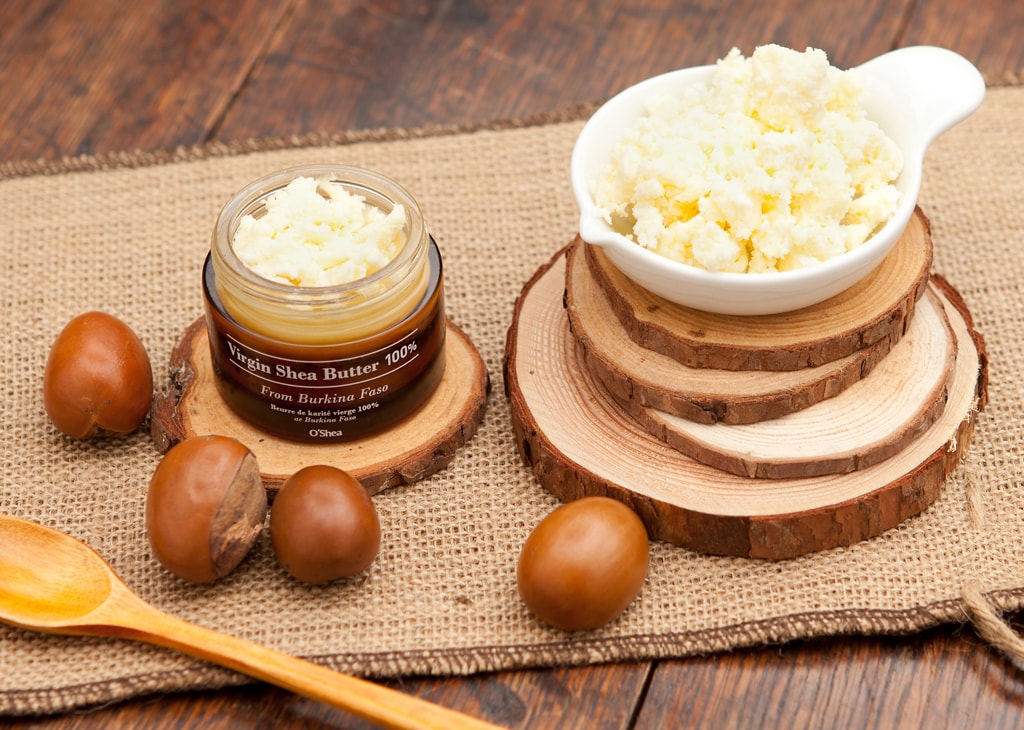
Prior to the 1980s, shea butter was positioned as a low priced industrial commodity on the world market. The shift from ‘savannah staple’ to ‘the cutting edge of global capitalism’ is described in a book entitled Shea Butter Republic. (2). Author and shea butter history expert, Brenda Chalfin, explains the reason for this market shift as ‘catering to the desire of cosmopolitan consumers … for self-indulgent exoticism’ (2). Ouch.
The blogosphere extols the benefits of shea butter for a wide array of skin problems, including dry skin, blemishes, age-spots, wrinkles, pruritus, sunburn, skin wounds, dermatitis, eczema, skin allergies, insect bites and even frost bite.
The question is whether there is any science to back up the popularity (aka self-indulgent exoticism) of shea butter.
What Is Shea Butter?
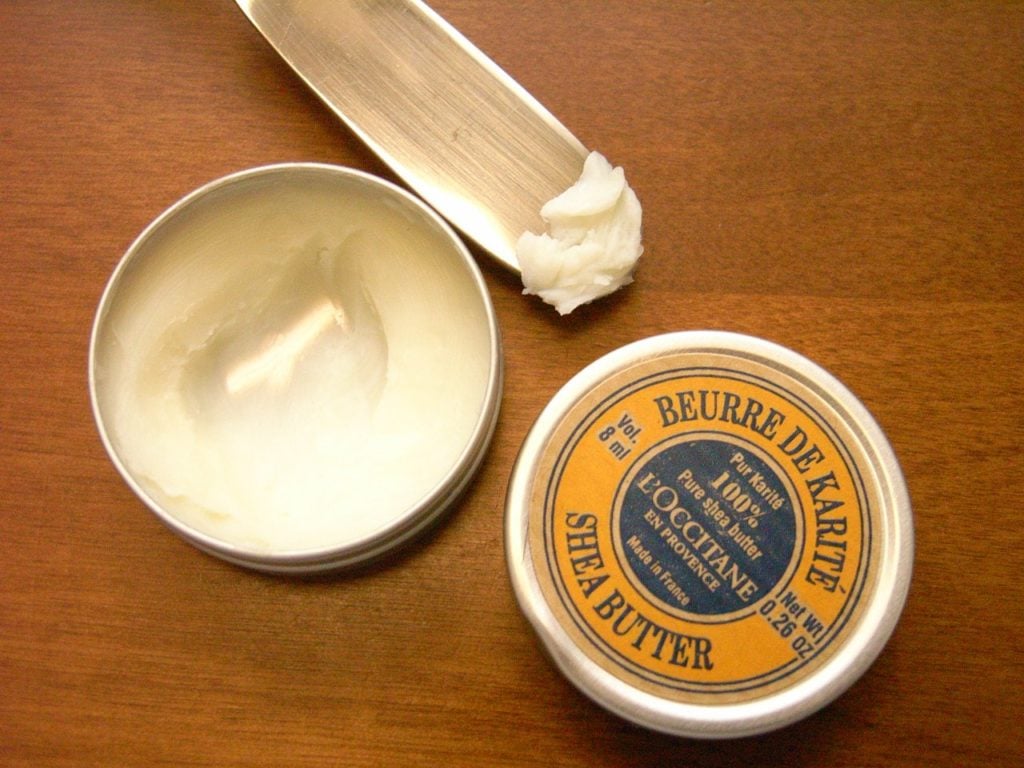
Shea trees (Vitelleria paradoxa) cover 3.4 million square kilometers across the African savannah (3). Studies have shown that 18 million women across 23 sub-Saharan African countries control the production of 500,000 tons of shea nut per year.
Shea nuts are hand picked from the ground below trees, the pulp is removed and the nuts are boiled or roasted. The nut is de-husked leaving a kernel which is ground into a paste and mixed with water to produce the shea butter or oil.
On the negative side, the process is labor intensive and uses firewood which contributes to deforestation. On the plus side, it is considered to be more environmentally friendly than soy or palm oil and is a major contributor to household income in these countries.
The pulp of shea nuts is rich in vitamin C and the kernels are rich in fat (4). Analysis of the kernel fats from 7 African countries show that shea butter is rich in triacylglycerol (stearic-oleic-stearic) and triterpene ester (α-amyrin cinnamate ) (5). Shea butter is the second largest source of stearic rich triacylglycerols worldwide after cocoa butter.
While the triacylglycerol and triterpene ester composition of shea nuts from different countries are comparable, there is significant variation in the composition and quality among commercially available shea butter products and derivatives (4).
Is There Any Research?
There are a grand total of 66 published studies on shea butter. To put this into context, there are almost 7000 published studies on cocoa butter. Only 11 of the 66 studies on shea butter are actual clinical trials. In fact, it gets worse and ‘11’ could be considered an exaggeration.
Of the 11 clinical trials, 1 was in broiler chicks, 5 relate to lipid/blood clotting, 1 relates to nasal congestion which leaves 4 clinical trials relating to the skin. Yes, the entire scientific evidence base for shea butter as a beauty agent comes down to 4 human clinical trials.
In one way, this is not surprising considering the fact that shea butter only rose to fame thirty years ago. In another way, it is totally surprising that an essentially unproven commodity rose to the ‘cutting edge of global capitalism’.
I guess it is no surprise that markets (aka self-indulgent consumers of exoticism) are fickle.
Does It Have Anti-Aging Properties?
There is a single study which mentions shea butter in the context of anti-aging (6). The study is only mentioned here for the sake of completion (after all this is a multi-billion dollar industry) but not because the study has any real relevance to the anti-ageing properties of shea butter.
The study was carried out in ten healthy volunteers and involved the use of shea butter as a delivery vehicle for a heptapeptide (acetyl-DEETGEF-OH). The skin treated with the formulation showed a statistically significant (20%) decrease in DNA damage compared to placebo. However the shea butter was used as a carrier and was not the therapeutic agent so who cares?
Summary: There is no evidence to support the anti-ageing properties of shea butter.
Does It Moisturize Scalp and Hair?
There are no published studies on the use of shea butter to moisturize the hair or scalp. There are not even any laboratory studies or animal studies to be found. Again lets compare this to coconut oil which at least has a handful of studies to its credit in this area.
Summary: There is not a scrap of scientific proof that shea butter is an effective scalp or hair moisturizer.
Does It Prevent Nappy Rash in Babies?
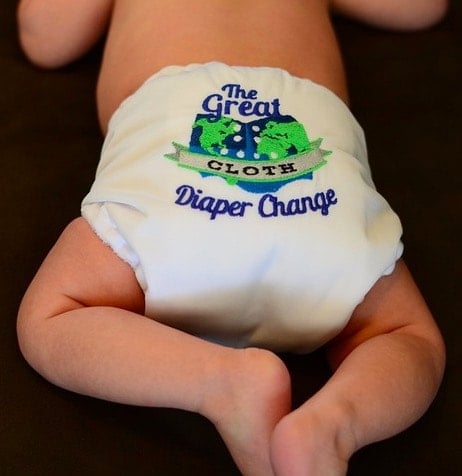
There are no studies or even case-reports to support the use of shea butter in the prevention or treatment of nappy rash. There are over 700 publications on diaper dermatitis which consider calendula and even ‘NoAll Bimbi Pasta Trattante’ but not shea butter.
Summary: There is no science to support the use of shea butter for nappy rash.
Does it Relieve Windburn, Sunburn or Dry Skin?
Finally, we get to review the four studies that exist on shea butter.
The first study was done in 34 children with eczema in Hong Kong (7) . The children all had atopic dermatitis. The study was neither randomised nor blinded. Consecutive children were offered a shea butter based cream and cleanser. The results of the study were compared to historical data from the literature. The study showed that the shea butter products were well tolerated and effective in the management of atopic dermatitis parameter such as itch sleep loss and hydration.
The second study looked at a topical non steroidal ant-inflammatory agent which also contained allantoin, alpha-bisabolol, capryloyl glycine, hyaluronic acid, shea butter and tocopheryl acetate (8). The study showed reduced pruritus in adult patients with mild-to-moderate atopic dermatitis using this product. Similar to the anti-ageing study, this paper does not count towards the evidence base for shea butter as shea butter was not the active ingredient.
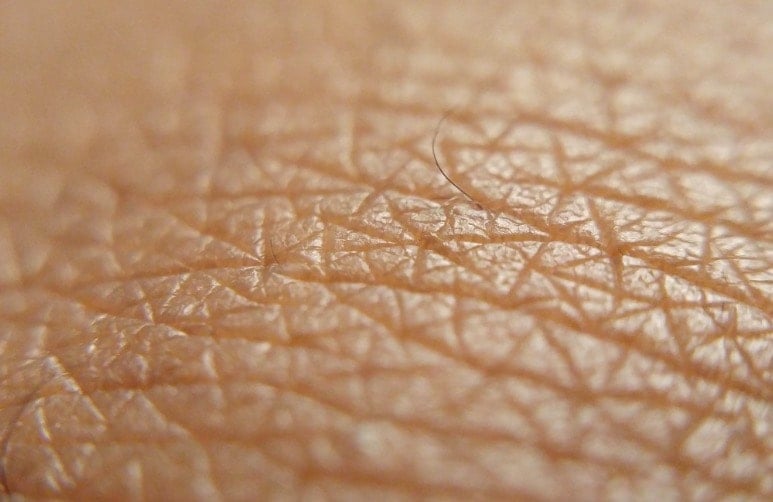
The third study evaluated the effect of nine different lipids (inluding shea butter) on normal skin and skin irritated by sodium lauryl sulphate (SLS) in 21 healthy subject (9). Parameters assessed were visible signs of irritation, and objectively measured cutaneous blood flow and transepidermal water loss. On normal skin, no significant differences in the effects of the test substances were found.
Just to be clear (after all this is a multi-billion dollar industry and some of those dollars might be yours) shea butter did not help with any of the above parameters in normal skin. The visible signs of SLS-induced irritation were significantly less pronounced after treatment with the sterol-enriched fraction from canola oil (but not shea butter).
The fourth study looked at the effect of dimethicone and shea butter oil containing cream on eczema in 25 adults (10). The study showed a statistically significant improvement in skin appearance and itch. There are so many problems with this study. The sample size is small. This is a single author study which was neither randomized nor blinded.
Summary: There are four clinical studies looking at shea butter as a moisturiser. Two of the studies were discounted as they are confounded by the use of topical anti-inflammatories along with the shea butter.That leaves are only two clinical studies evaluating the effects of shea butter alone. Only one of the studies looked at normal skin (which is what the vast majority of shea butter is used for) and showed no benefit of shea butter.
Does It Reduce Stretch Marks, Cellulite or Scarring?
There is no science to support the use of she butter for stretch marks, cellulite or scarring. In fact, a Cochrane review found no high-quality evidence to support the use of any of the topical preparations in the prevention of stretch marks during pregnancy (11).
Summary: There is nothing to support the use of shea butter for stretch marks, cellulite or scarring.
Is Shea Butter Safe?
There is too little information available on shea butter to comment on its safety. The small number of patents who used shea butter topically did not report side effects but the total number was very small.
Stearic acid is prothombotic which means that theoretically it could increase the risks of clotting. The clinical significance of this in humans remains to be studied (12). A small study in 15 men suggested that shea butter high in stearic acid may have a favorable impact on blood lipids (13).
Conclusion
Scientifically speaking, the shea butter beauty economy is underpinned by one negative study in people with normal skin (meaning that shea butter did not work) and a positive study in 34 children which was non-randomized and non-blinded.
We will probably never fully understand the true political and financial forces that led to the rise to fame of shea butter in the 1980s. This much is clear. We are a gullible and foolish consumer market. The only thing that is worse than the charge of ‘self-indulgent exoticism’ is the charge of ‘uninformed self-indulgent exoticism’.

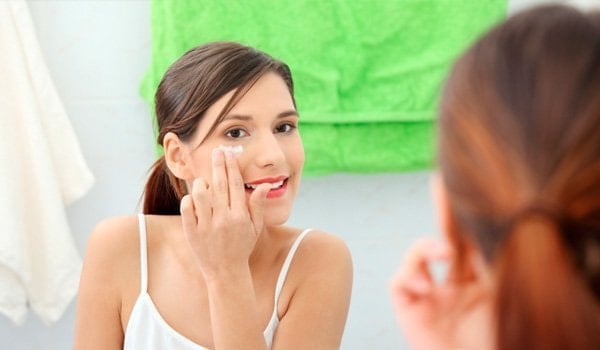
Leave a Reply